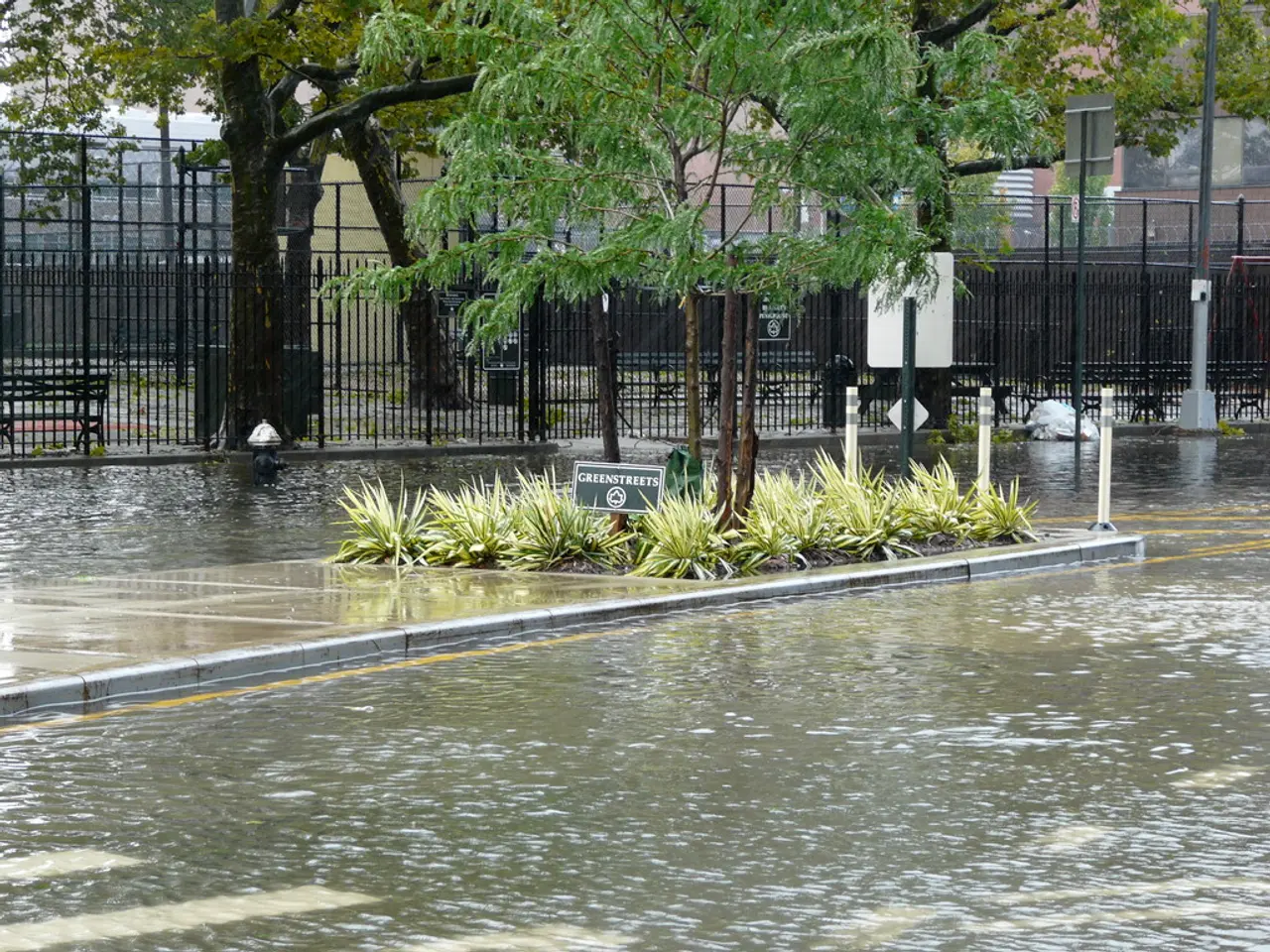Household Products That Can Pose Harmful Threats When Improperly Disposed
In the spirit of Earth Day 2012, which highlighted the link between chemical pollutants in our environment and deadly diseases like cancer, it's crucial to be mindful of the impact our daily choices have on the planet. One such choice is the disposal of household items containing hazardous waste.
Disposing unwanted or expired medications improperly, such as flushing them down the toilet or throwing them in the trash, can contaminate water supplies, harm wildlife, and end up in drinking water systems. To ensure a safer environment, look for medication take-back programs in your area for safe disposal of medications.
Vaping has an environmental impact beyond its health impact, including the disposal of disposable vapes and liquid nicotine. Seek local recycling and collection centers for their responsible disposal.
Nearly all fish populations have diminished and are among the most concentrated sources of pollutants in meat. Meanwhile, old thermometers and thermostats often contain mercury, a hazardous substance. Breaking these items releases mercury vapor, which is toxic when inhaled. Handle thermometers and thermostats with care and look for specialized recycling centers for disposal.
Aerosol cans often contain flammable propellants like butane or propane, and toxic chemicals such as xylene, toluene, or acetone. Even when empty, they pose a risk of explosion if compressed or exposed to heat. Empty aerosol cans with no audible liquid may sometimes be recycled or disposed of safely per local regulations.
The disposal of single-use batteries can contribute to environmental pollution. To avoid this, never throw batteries in regular trash due to fire risk. Instead, take them to designated Household Hazardous Waste (HHW) transfer stations, collection events, or drop-off centers that accept batteries. Tape battery ends to prevent short-circuiting during transport.
Safe disposal methods for common household items containing hazardous waste generally involve taking them to specialized collection sites or events designed to handle such materials properly to avoid environmental contamination and health risks. For instance, paints, cleaning products, electronics, pesticides, herbicides, automotive fluids, and pesticides require specific handling and disposal methods.
Because specifics can vary by location, contacting your local solid waste or HHW program to confirm acceptable items, schedules, and any fees is recommended. Many counties hold annual HHW collection events or maintain permanent drop-off centers for these materials to ensure environmentally safe disposal.
Proper disposal of hazardous household waste, such as medications, thermometers, thermostats, and aerosols, is more than a choice; it's a responsibility to safeguard your home and the environment. By following these guidelines, we can all contribute to a healthier and cleaner planet.
- Incorporating green living habits like recycling disposable vapes, liquid nicotine, and single-use batteries can reduce their environmental impact and help protect wildlife.
- Be conscious of the chemicals in the household items you dispose of, such as medications, old thermometers, thermostats, and aerosols, and seek out safe disposal options, like medication take-back programs, recycling centers, and specialized recycling facilities.
- Adopting a lifestyle that embraces home-and-garden practices that minimize carbon footprint is essential in mitigating climate-change effects. An example is disposing of hazardous household waste properly to prevent environmental contamination.
- Science has shown that pollution in our environment affects the well-being of both people and wildlife. Making informed decisions about the management of hazardous household waste is a critical step towards conservation and environmental-science advancements.
- The automotive sector produces hazardous waste such as automotive fluids and batteries, so it's important to dispose of these items safely through designated Household Hazardous Waste (HHW) transfer stations, collection events, or drop-off centers.
- By promoting green living practices and encouraging responsible waste disposal, we can create a lifestyle that prioritizes the health and well-being of both ourselves and the planet, ultimately ensuring a cleaner, greener future for generations to come.




